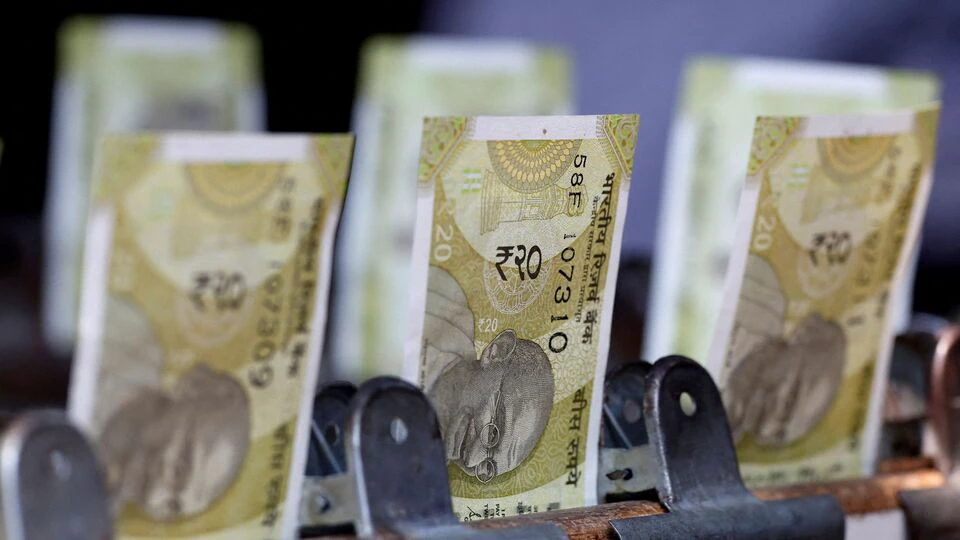NEW DELHI: State governments have sharply ramped up borrowings in the first half of FY26, turning to state development loans (SDLs) to fast-track infrastructure spending and bolster economic growth.
According to the latest RBI data, SDL issuances between April and September totalled ₹5.01 trillion, up from ₹3.86 trillion in the same period last year. September alone saw states raise over ₹1.21 trillion, the highest monthly borrowing so far, reflecting urgency to fund development projects.
The trend builds on rising state debt. Total SDL borrowings in FY25 hit a record ₹10.73 trillion, up 7% from FY24, driven partly by a historic ₹4.34 trillion borrowed in Q4, FY25. Typically, states use low-cost funds such as tax revenues, central devolution, GST compensation, and interest-free loans in H1, turning to costlier market borrowings in H2.
Instead, with the Centre accelerating infrastructure outlays and global headwinds threatening growth, states are front-loading borrowings to kickstart projects early.
SDLs remain a vital tool for funding state deficits. Issued within prescribed limits, they pay interest semiannually and repay principal at maturity. The RBI manages issuance, ensures timely servicing, and maintains a contingency reserve, safeguarding both lenders and state finances.
“States are accelerating their spending, even as revenue growth in some cases isn’t keeping pace. Some may even be financing revenue expenditure from SDL proceeds,” said Madan Sabnavis, chief economist at the Bank of Baroda.
“That said, it appears states are front-loading capital expenditure to offset anticipated GST revenue shortfalls after October. So, many are also borrowing to spend on Capex,” he added.
Monthly SDL issuances in FY26 show a clear upward trajectory: ₹53,870 crore in April, ₹64,772 crore in May, ₹82,207 crore in June, ₹96,769 crore in July, ₹81,692 crore in August, and ₹1.21 lakh crore in September. By comparison, the same months in FY25 ranged from ₹42,800 crore to ₹89,190 crore.
Market impact
Market experts note that the heavy SDL supply is pressuring bond pricing, with spreads between 10-year G-Secs and SDLs widening to 70-80 bps, above the historical 25-40 bps range. The government’s 10-year G-Sec yield stood at 6.536%, up 3.86% over the past three months, while SDL yields ranged from 7.3% to 7.5%, varying by state.
“The widening is not merely a spillover of firmer sovereign yields but also reflects the heavy state supply pipeline, investors’ reluctance to absorb too much long-tenor paper, and the additional risk premium demanded amid tariff concerns, rupee depreciation, and global geopolitical headwinds,” said Venkatakrishnan Srinivasan, managing partner at Rockfort Fincap Llp, a financial advisory firm.
“Unless H2, FY26 borrowings are staggered or new demand pockets emerge, elevated spreads may become the new normal, raising long-term funding costs and resetting pricing benchmarks,” Srinivasan said.
He added that relief could come in H2, when insurance companies, pension funds, and provident funds typically boost allocations to long-duration paper between January and March. Seasonal demand could absorb more SDL supply and temper spreads if state borrowing calendars are managed effectively.
